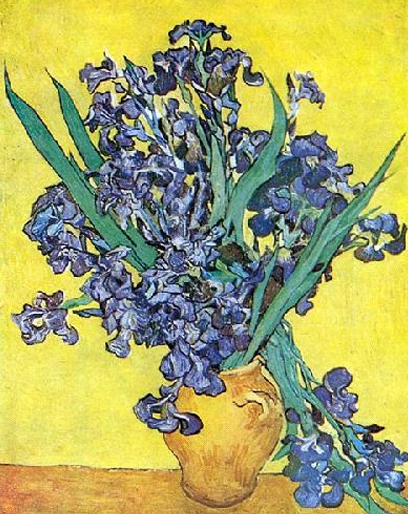Painting the Peasant Cemetery in Nuenen in 1885, Van Gogh aimed ''to express how these ruins show that for ages the peasants have been laid to rest in the very fields which they dug up when alive . . . I wanted to express what a simple thing death and burial is, just as simple as the falling of an autumn leaf - just a bit of earth dug up - a wooden cross''.
Van Gogh painted the peasant graveyard and the ruined hulk of the old church tower, steadily decaying while crows wheel in a dirty sky, a few months after the death of his father. Pastor Theodorus Van Gogh had gone, and this painting of the derelict church took on a personal significance for his son: an image of the erosion of his own religious beliefs; perhaps even Vincent's metaphorical portrait of his father, a coming-to-terms with bereavement.
Peasant Cemetery is exhibit 21 in ''The Age of Van Gogh'' at the Burrell Collection in Glasgow. Billed as the climax to Glasgow's year as European City of Culture, the exhibition may also - if attendance figures reach anything like the half million projected - turn out to be one of the year's more impressive exercises in creative marketing. The press release said a lot: ''The Age of'' in small italics, ''VAN GOGH'', in capitals, the banner headline. Many of those visiting this show seem likely to do so in the expectation that it is another of 1990's Van Gogh blockbusters. In fact, it is nothing of the sort. Only 17 out of the 108 works included are Van Goghs; the rest are paintings by his Dutch predecessors and contemporaries.
This show tries to do for late nineteenth-century Dutch painting what the Arts Council's ''Dreams of a Summer Night'' tried...


